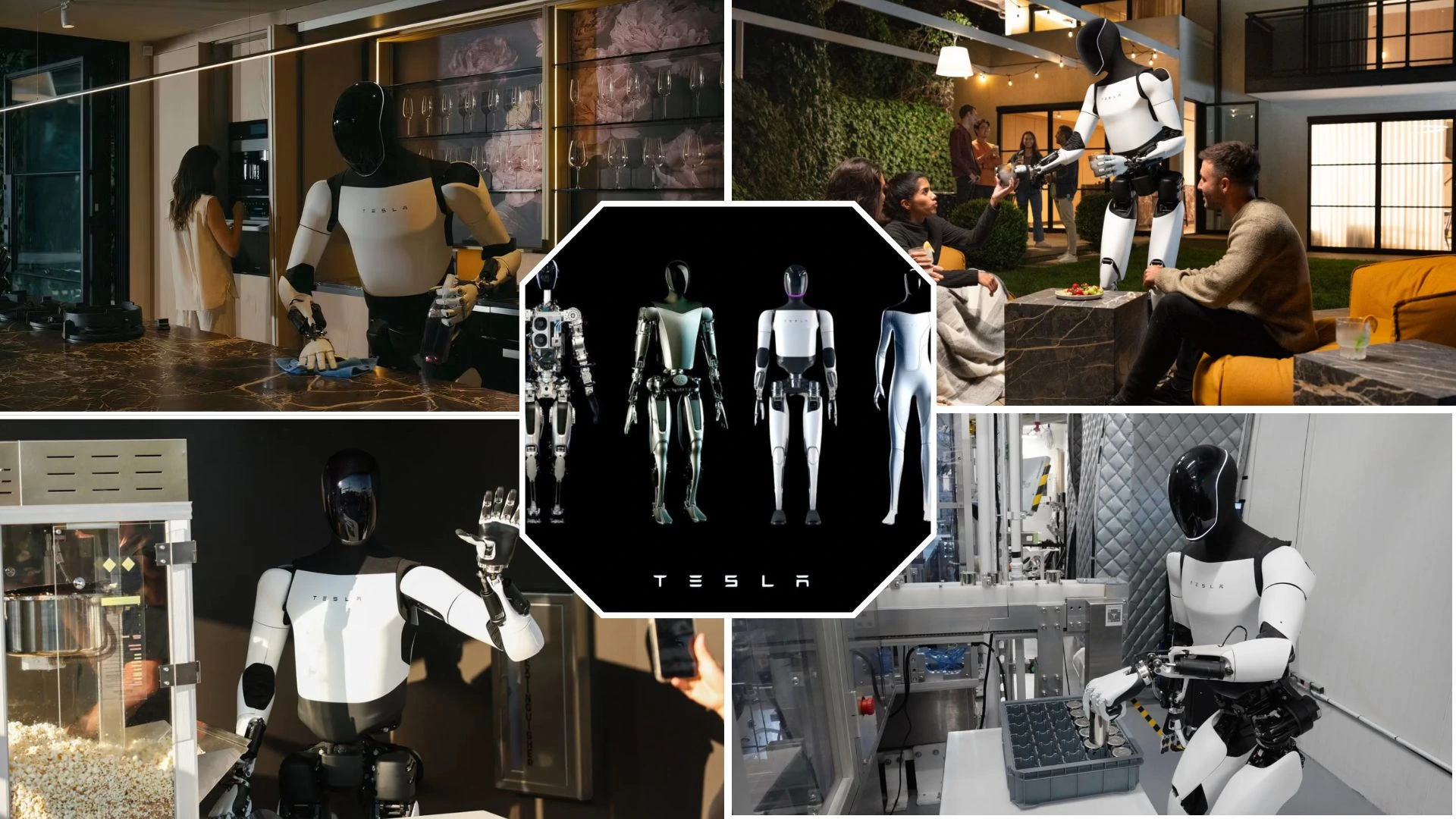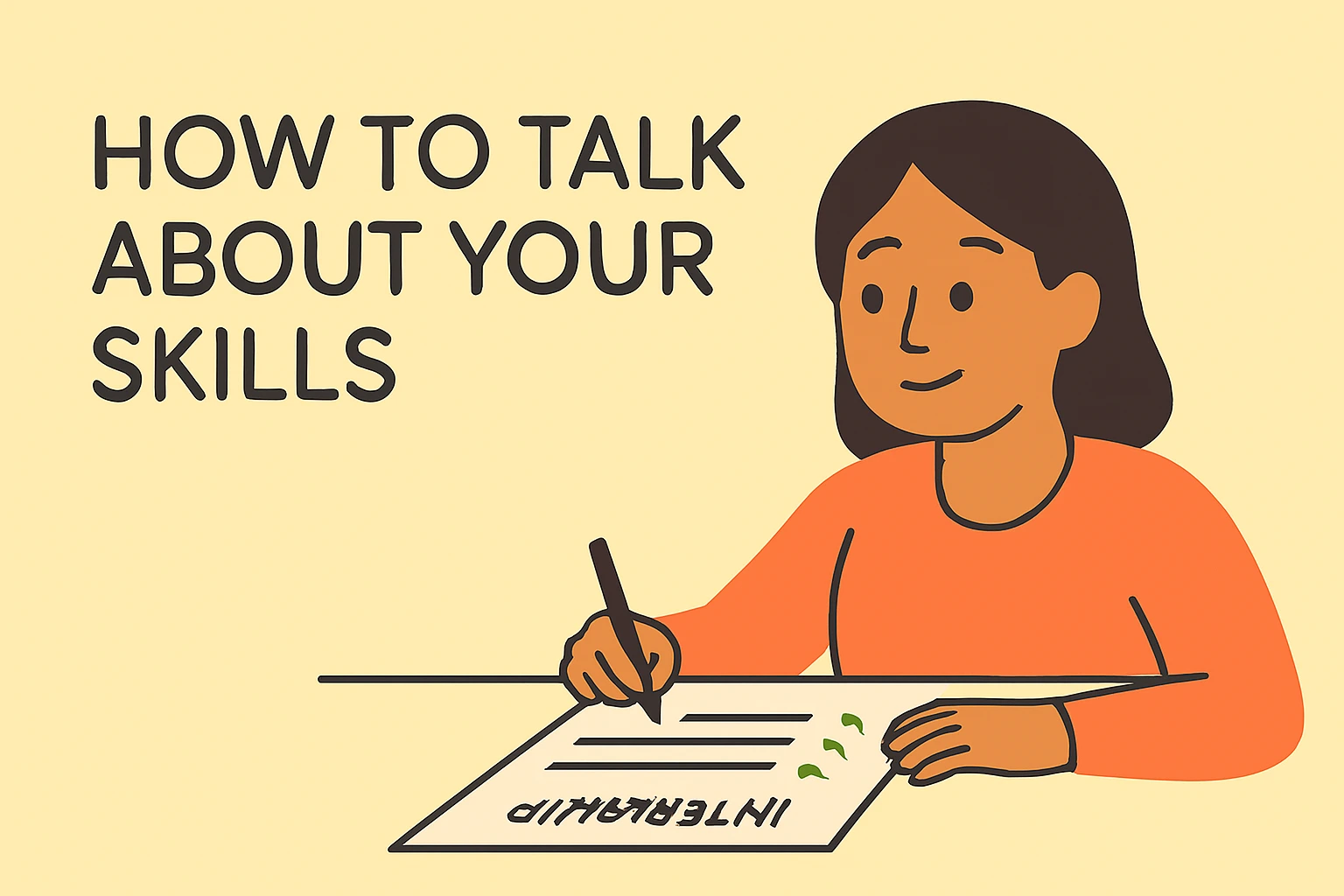Virtual reality (VR) has evolved from a niche technological curiosity into a transformative medium with applications spanning entertainment, education, healthcare, and beyond. As the technology matures, VR experiences are becoming increasingly sophisticated, offering users unparalleled levels of immersion and interactivity.
Understanding Virtual Reality
At its core, VR is a simulated experience that can be similar to or completely different from the real world. It typically involves the use of a headset equipped with sensors and displays to create a three-dimensional environment. The user can interact with this environment in real-time using motion controllers or other input devices.
The aim of VR is to create a sense of presence—making users feel as though they are physically within a virtual space. This is achieved through a combination of visual, auditory, and sometimes tactile stimuli that trick the brain into accepting the virtual environment as real.
Applications Across Various Sectors
1.Entertainment and Gaming: The most well-known application of VR is in the gaming industry. Games designed for VR offer immersive experiences where players can explore fantastical worlds, solve puzzles, and engage in combat, all while feeling as if they are part of the action. Titles like “Beat Saber” and “Half-Life: Alyx” showcase the potential of Virtual Reality to create engaging and interactive experiences that go beyond traditional gaming.

2.Education and Training: VR is revolutionizing education by offering experiential learning opportunities that were previously impossible. Virtual field trips allow students to explore historical landmarks or distant planets without leaving the classroom. In professional training, VR simulations provide hands-on practice in a safe, controlled environment. For instance, medical students can perform virtual surgeries, and pilots can navigate flight simulators to hone their skills.
3.Healthcare: The healthcare sector benefits from Virtual Reality in several ways. It is used for pain management, offering patients immersive distractions during painful procedures. VR is also employed in cognitive behavioral therapy, helping individuals confront and manage phobias or anxiety disorders. Additionally, VR is a valuable tool for physical rehabilitation, allowing patients to engage in customized exercises within a motivating virtual environment.
4.Real Estate and Architecture: Virtual Reality is transforming the way properties are bought and sold. Virtual tours allow prospective buyers to explore homes and commercial spaces from anywhere in the world, providing a detailed and immersive view of the property. Architects and designers use VR to visualize and modify building designs before construction begins, offering clients a clearer understanding of the final product.
5.Social Interaction: VR platforms are creating new ways for people to connect and interact. Virtual social spaces and events allow users to meet, collaborate, and socialize with others from different locations in a more immersive manner than traditional video calls. This has applications in both casual social settings and professional environments, facilitating remote work and virtual conferences.
Virtual Reality in Higher Education: Transforming the Learning Experience.

Virtual reality (VR) is making significant inroads into higher education, offering immersive and interactive learning experiences that traditional methods struggle to match. This cutting-edge technology is transforming the educational landscape in several compelling ways.
1. Enhanced Engagement and Motivation
Virtual Reality creates highly engaging and interactive environments that capture students’ attention in ways that textbooks and lectures cannot. By immersing students in a 3D virtual world, VR makes learning more dynamic and stimulating. For example, medical students can practice surgeries in a risk-free, simulated environment, while history students can explore ancient civilizations firsthand. This active participation often leads to greater motivation and retention of knowledge.
2. Simulated Real-World Scenarios
One of the greatest advantages of VR is its ability to simulate real-world scenarios that might otherwise be inaccessible. Engineering students can interact with complex machinery in a virtual lab, business students can navigate virtual boardrooms, and environmental science students can explore ecosystems without leaving their campus. These simulations provide practical experience and problem-solving opportunities that enhance theoretical learning.
3. Accessibility and Inclusivity
VR has the potential to level the playing field for students with disabilities. By customizing virtual environments to meet individual needs, educators can provide tailored learning experiences that accommodate various learning styles and physical limitations. This inclusivity helps ensure that all students have access to the same high-quality educational resources.
4. Collaborative Learning
Virtual reality also facilitates collaborative learning. VR platforms often support multi-user interactions, allowing students from different locations to work together on projects and simulations. This feature is particularly beneficial for group work and can foster teamwork and communication skills in a virtual setting.
5. Innovative Teaching Methods
Educators can leverage VR to implement innovative teaching methods that break away from traditional approaches. Virtual field trips, interactive demonstrations, and scenario-based training are just a few examples of how VR can enhance the learning experience. These methods not only make lessons more engaging but also cater to different learning styles, from visual and auditory to kinesthetic.
6. Cost and Resource Efficiency
Although the initial investment in VR technology can be high, it can ultimately lead to cost savings. For example, virtual labs reduce the need for physical equipment, and virtual field trips eliminate travel expenses. As VR technology becomes more affordable and accessible, its integration into higher education is likely to become more widespread.
In summary, virtual reality is revolutionizing higher education by creating immersive, interactive, and inclusive learning experiences. As the technology continues to advance, its potential to enhance educational outcomes and broaden access to high-quality learning opportunities will only grow. The future of education is here, and it’s virtual.
Challenges and Future Directions
Despite its potential, VR faces several challenges. The technology requires significant computational power and can be expensive, making it less accessible to some users. Additionally, prolonged use of VR can lead to physical discomfort or motion sickness in some individuals.
Future advancements are likely to address these issues, making VR more comfortable and affordable. The integration of augmented reality (AR), which overlays digital information onto the real world, is expected to enhance VR experiences further. Innovations in haptic feedback technology will also contribute to creating more realistic and engaging interactions.
In conclusion, virtual reality is rapidly evolving and reshaping various aspects of our lives. Its ability to provide immersive, interactive experiences has opened up new possibilities across multiple fields. As the technology continues to advance, it promises to offer even more innovative and transformative experiences, pushing the boundaries of what we can achieve in the digital realm.







